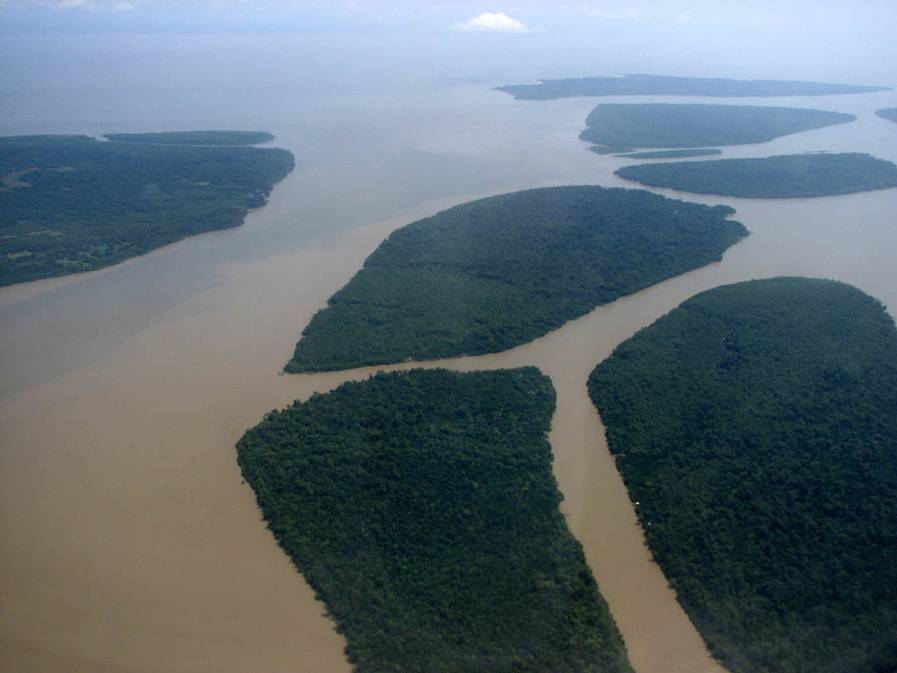

Agricultural expansion, ranching, infrastructure projects, energy exploration, and illegal logging are to blame.
#AMAZON RIVER DRIVERS#
Confronting Drivers of Deforestation and Resulting Habitat LossĮach year, the Amazon loses thousands of square miles of forested area. The Peru initiative, along with ARPA in Brazil and Heritage Colombia, a similar program under development in Colombia, will permanently protect approximately 12% of the Amazon. This was a milestone not just for Peru but for the greater Amazon. Funding for the Peruvian government-led effort, known as National Parks: Peru's Natural Legacy, came from the government of Peru, WWF, the Gordon and Betty Moore Foundation, the Amazon Andes Fund, and the Global Environment Facility and provides support for things such as equipment training. In Peru, an initiative announced in 2019 earmarked $140 million to permanently protect nearly 41 million acres in the Peruvian Amazon. In a double conservation win, it was also declared a UNESCO World Heritage site, reflecting its enormous environmental, cultural, and social value. Located in the heart of the Colombian Amazon, the park was expanded to 4.3 million hectares, making it the world's largest national park protecting a tropical rain forest. In Colombia, a decades-long effort by organizations and environmental authorities supported by WWF led to the 2018 expansion of Serranía de Chiribiquete National Park. Today WWF supports the ongoing management of the parks.

This area is over 50% larger than the US National Park System. In Brazil, through the Amazon Region Protected Areas (ARPA) program, WWF worked to create a network of parks covering 150 million acres of forest. WWF collaborates with governments across the Amazon to create and manage protected forest areas. Our vision is one of zero net deforestation in the Amazon to safeguard this globally important ecosystem. To ensure the Amazon’s future, for its people and biodiversity, deforestation in the region should not exceed 20%, and it is already at 18%. This can result in significant shifts in the makeup of ecosystems and a loss of species.Īccording to many notable scientists, including longtime friend of WWF Tom Lovejoy, the Amazon is close to a tipping point past which it will no longer be able to sustainably support itself. Long dry spells wither crops, decimate fisheries, and lead to forest fires. Unprecedented droughts are happening with growing frequency. And the billions of tons of carbon stored in the Amazon rain forest is of global importance to slowing climate change.īut the Amazon is threatened by rising deforestation. Water vapor released from the Amazon creates vast “flying rivers” in the atmosphere, which influence rainfall and thus agricultural production in central and southern South America. The Amazon is critical to our efforts to avoid a climate catastrophe. Illegal and Unsustainable Natural Resource Extraction This work has allowed us to pinpoint stretches of river that are most critical for connectivity to be maintained for the future health of the Amazon basin, its communities, and flagship freshwater species. WWF has also mapped out freshwater connectivity corridors across the basin. To minimize the impacts of hydropower, WWF is promoting scenario planning (including a "no dams" scenario in some rivers) that explores alternative energy options, sites hydro dams with the entire system in mind, and promotes transboundary cooperation for river basin management.


Transportation and energy infrastructure are essential for national and regional development, but when they are poorly planned, negative impacts can exceed short-term benefits.


 0 kommentar(er)
0 kommentar(er)
